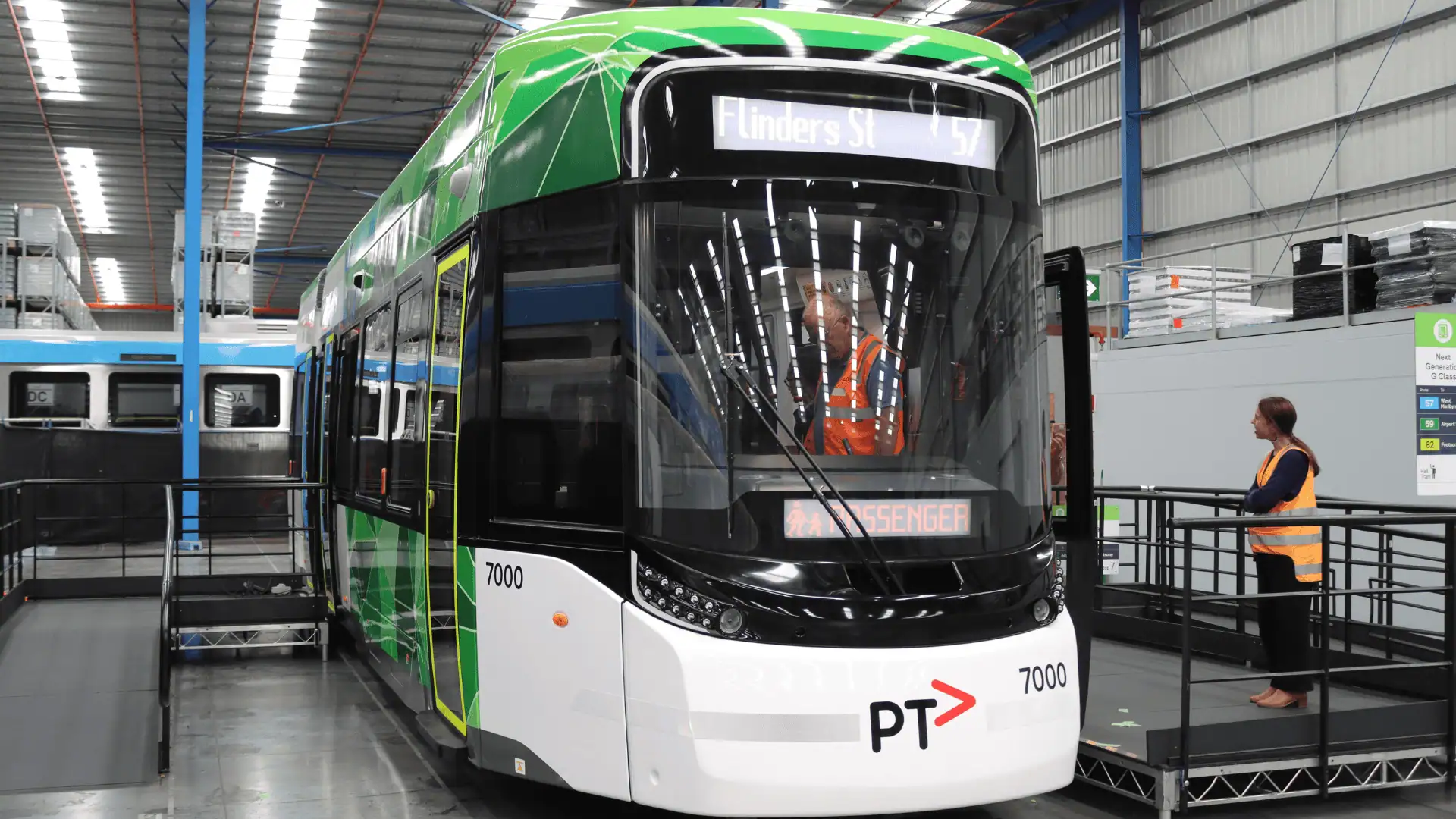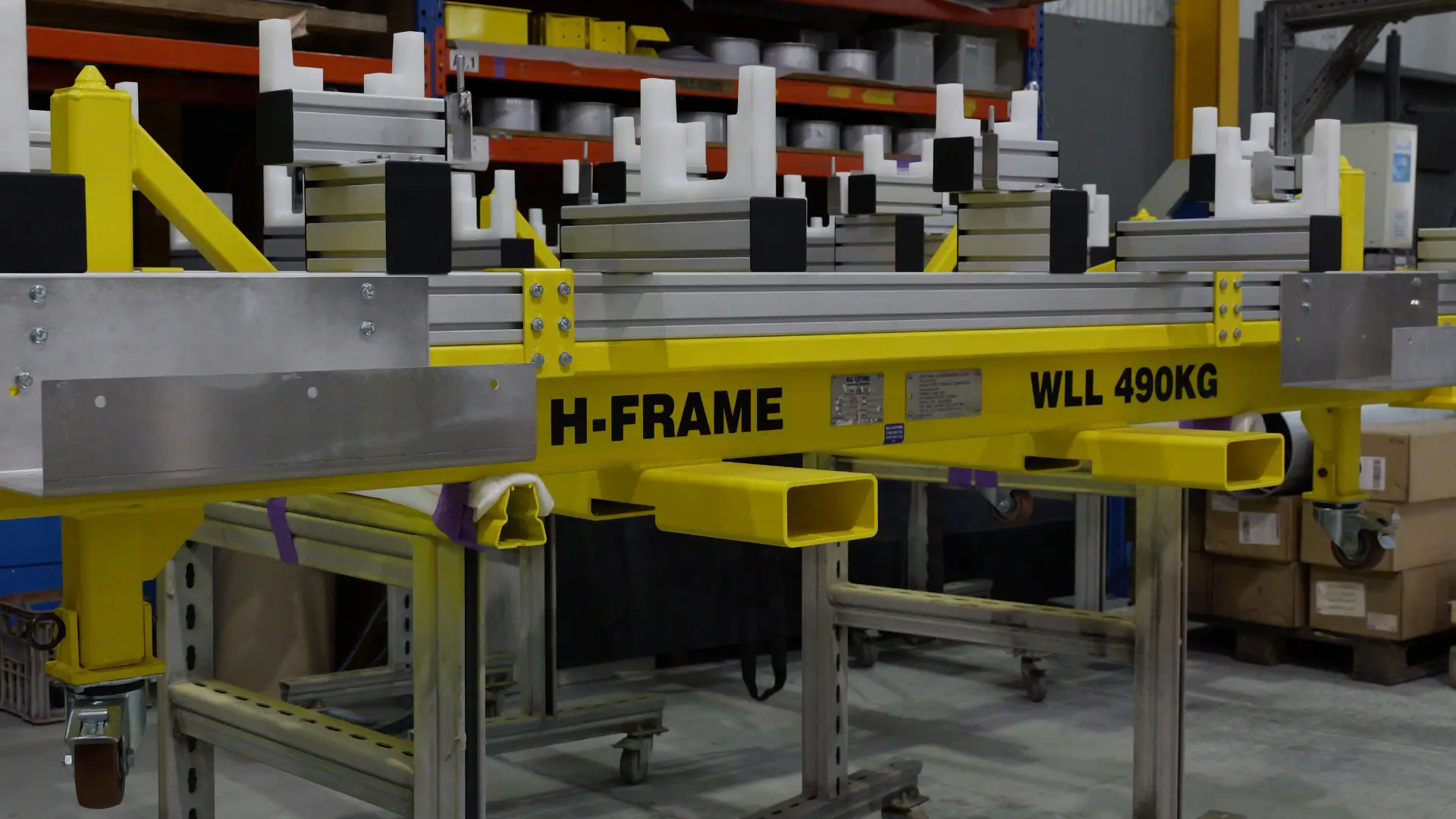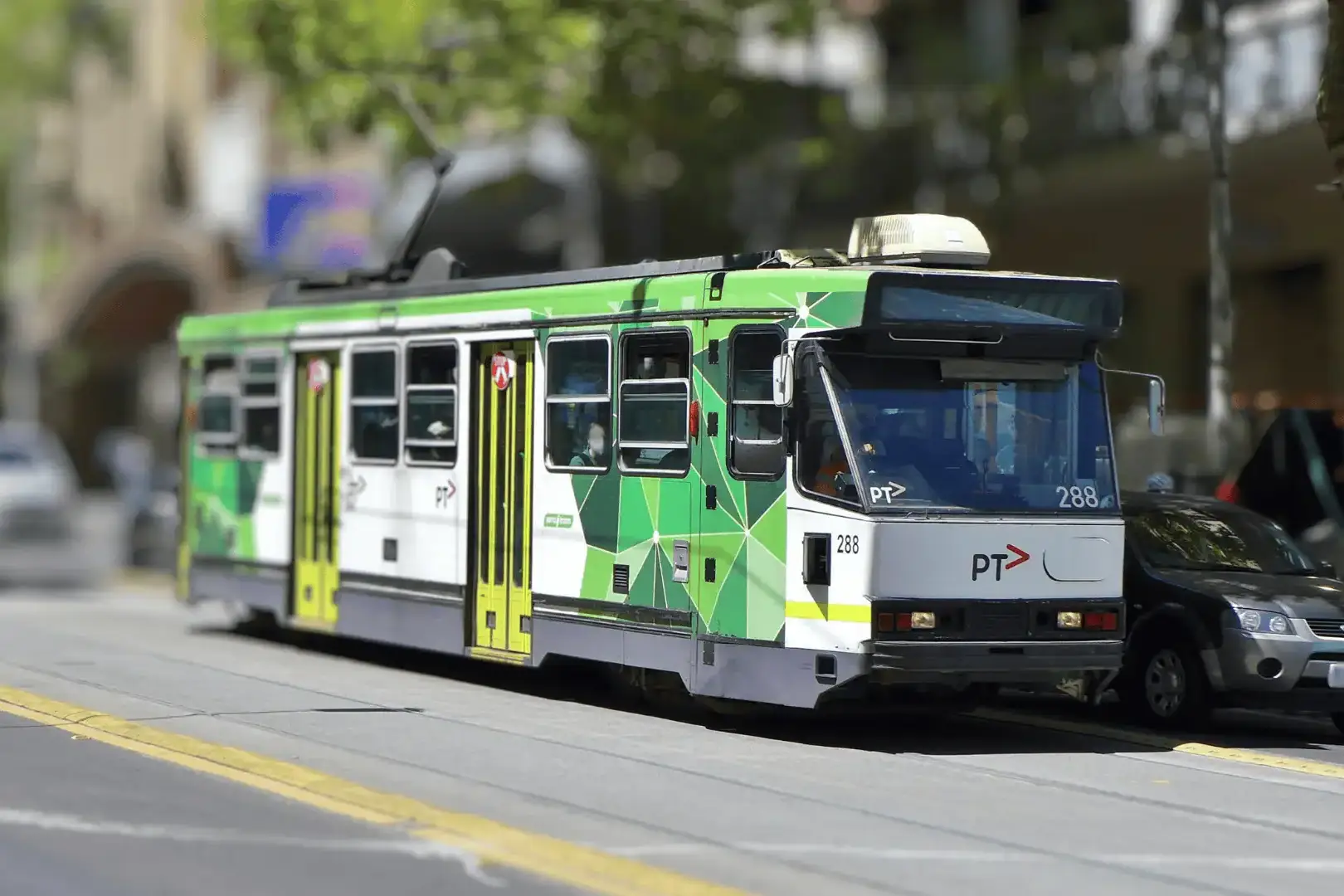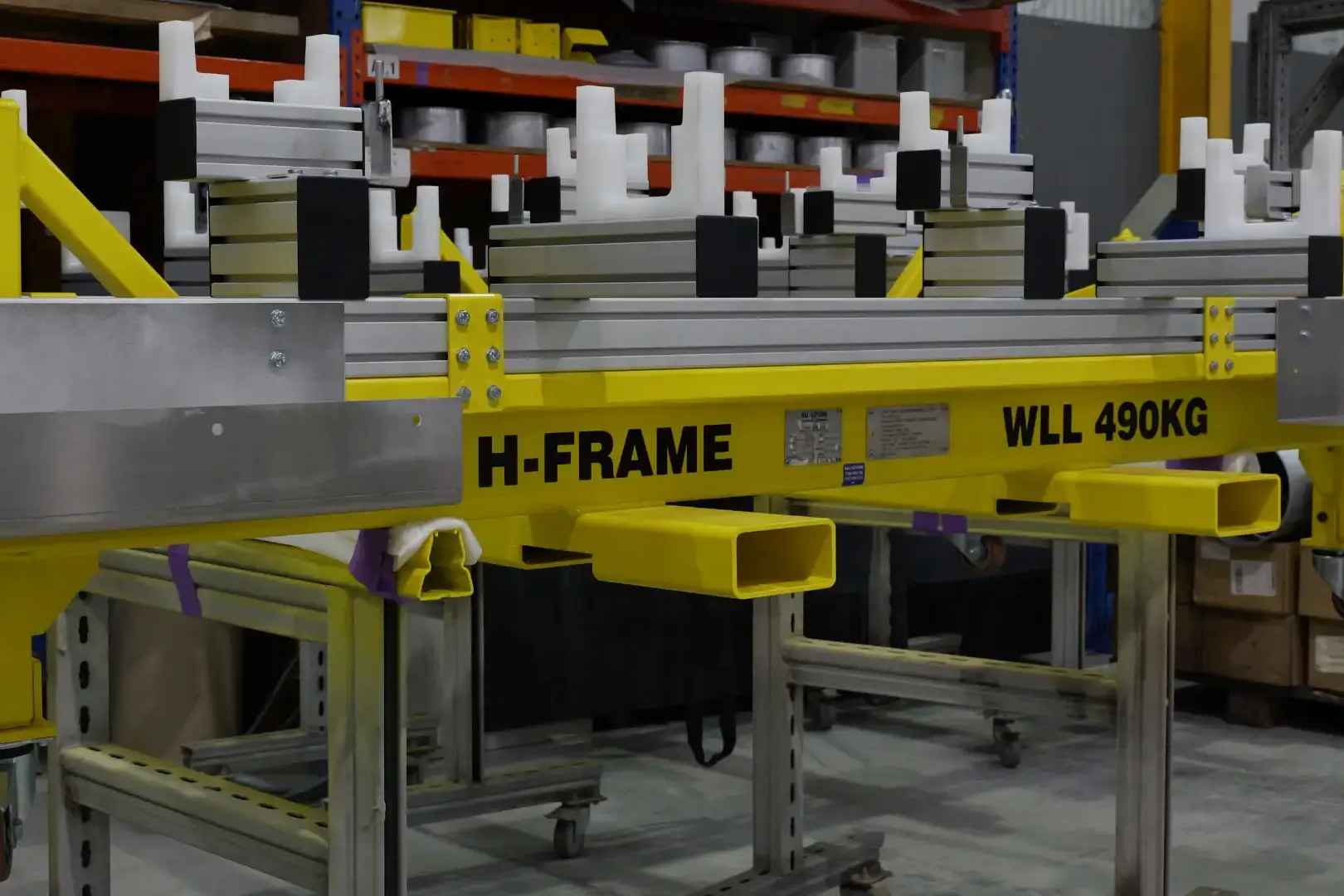The next generation of Melbourne’s trams known as the G Class Tram is being manufactured in Dandenong and the first trams are already on the tracks for testing in 2025.
The G Class: A New Generation of Melbourne Trams
This is the largest investment in locally made trams in Australia’s history. They will set a new standard for modern public transport by delivering a more comfortable, accessible and energy-efficient journey for passengers. The project requires 65 per cent local content and will support up to 1900 local jobs, including those in the wider economy and we are proud to be a part of this.

The Role of SMEs in the G Class Tram Supply Chain
Copamate is proud to be contributing to the project by delivering custom jigs and fixtures to help with the assembly of the next generation G-Class Trams. These custom jigs and fixtures have been manufactured with 100% Australian local content using in-house capabilities of design, CNC machining, fabrication, painting and assembly.

Read more about rail projects such as the Future Fleet Program in NSW.
Get insights on industry news and posts.
Related Posts
October 29, 2025
A Class Tram | Details & History
Learn how the A Class Tram evolved from Z3, with A1 and A2 changes, braking,…
July 24, 2025
Tooling, Fixtures & Jigs Overview | Rail Applications
Tooling, jigs & fixtures is the physical interface between the design and the…
July 3, 2025
Melbourne Metro Tunnel Project | 2025 Update
Melbourne’s Metro Tunnel Project, set to open 2025 is the largest rail…




